Three powerful Missouri natives
I want to show you three plants in my garden that I'd describe as "powerful", as they have amazing visual impact and impressive size. They all happen to be Missouri natives too, which is a huge plus.
I'll start it off with a rudbeckia that you might not be aware of. It's not for the small garden but would make a fantastic back row planting: Rudbeckia subtomentosa or "sweet coneflower".
Descriptions say this will get 4-5' (1.2-1.5m) tall, but mine is over 6' (1.8m) -- the parts that are upright that is.
Once it started flowering it flopped a bit, so I had to tie it up.
This flopping (or "leaning") lead to some interesting color combinations though...
...like with Pennisetum 'Vertigo'.
I'm not sure where the "sweet" moniker came from, but deer don't eat this and it seems to love the clay soil. Maybe I should pinch it back next year so it doesn't get as tall?
Moving on to a plant that I've written about quite a bit before: Passiflora incarnata, or Maypop:
This passion flower vine is hardy to zone 6, produces the most intricate fragrant blooms, and is quite vigorous.
Some might say too vigorous as it will grow 15' (4.5m) or more in a single season, dying back to the ground each winter (at least in my zone 6 garden).
It also spreads from its roots, so I have this thing coming up everywhere around the patio now. The unwanted vines are easy to pull though, but you'll need to do it all summer long.
It's worth it though for the bumble-attracting blooms, and you'll even get some edible fruit!
Back to yellow for the third powerful plant of this post, Silphium perfoliatum or "cup plant":
This is really an impressive plant, but don't put it in the front of the bed as it will get 8' (2.4m) tall! Descriptions say that it gets 4-8' tall, but I've never seen a short one. They were all over the little prairie that I visited a few weeks ago with Ted:
This is definitely one that you have to enjoy from a distance, or from underneath:
I never noticed before how cool the blooms are after the petals drop!
Bees of all kinds love the flowers, as do the goldfinches. Unfortunately the deer love this too, which is why I have a short fence around mine. I managed to pot up a few seedlings this year, as they usually get gobbled up.
The common name of "cup plant" comes from the way that the leaves surround the stems...
...which can collect water like a cup, as evidenced here:
I can't say that I've ever seen a bird drinking from these. Probably just more mosquito breeding habitat...
I have a bonus fourth plant that I'll finish with. I'm not sure that it's powerful though, as I haven't gotten it into the ground yet so don't know if it will be as impressive as I hope. It's got potential and the foliage is quite nice too:
It's Prairie Dock, Silphium terebinthinaceum (that's an impressive botanical name -- try saying it!)
Descriptions say that it will get 3-10' (0.9-3.0m) tall, which is quite a range. It's really the bloom stalk that provides the height, and since mine is at least 4' (1.2m) tall in a 1-gallon nursery pot, I'm guessing that the high end of that range is more likely when planted in the ground.
More blooms coming...
..but the seed heads are really nice too:
It should do well in clay soils, but I suspect that deer will eat this too -- I think they like everything in the Silphium genus. I need to choose a spot for this guy and get him into the ground so I can see what it does next year! I'll collect some seeds too if I can, as I think this would look better planted in a group, and backup plants would be good.
So that's my look at some powerful natives. Are you growing any of these?
.



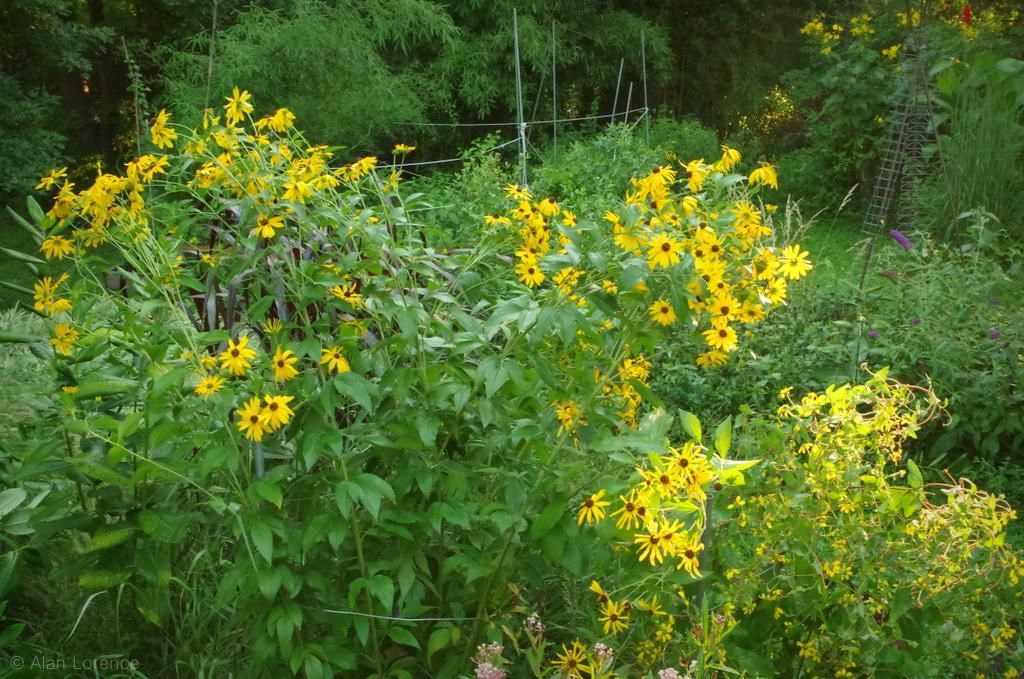

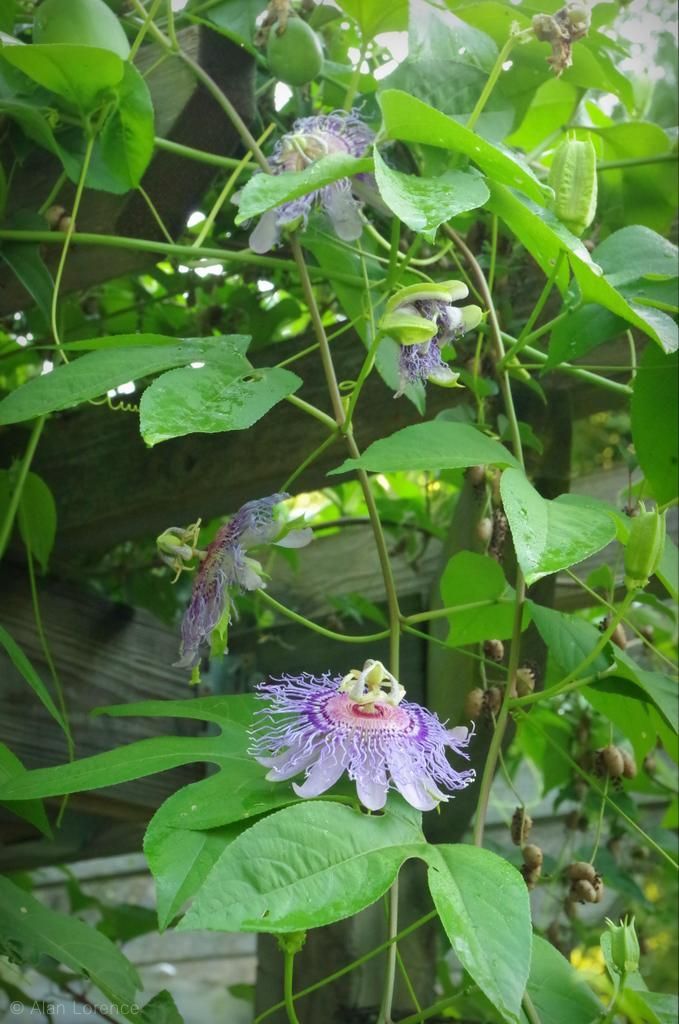



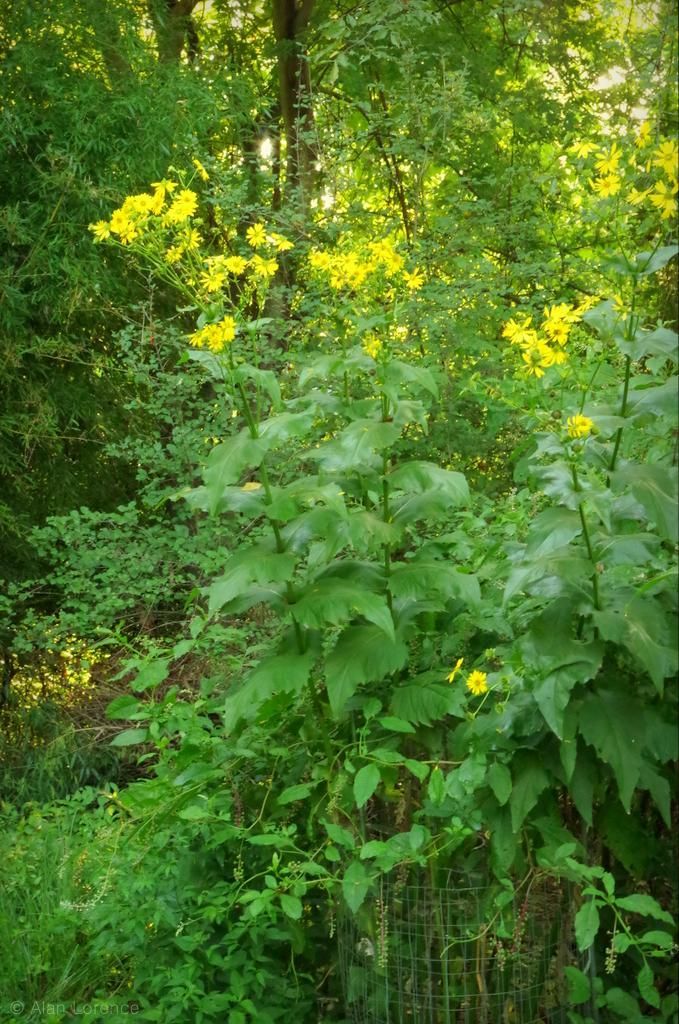

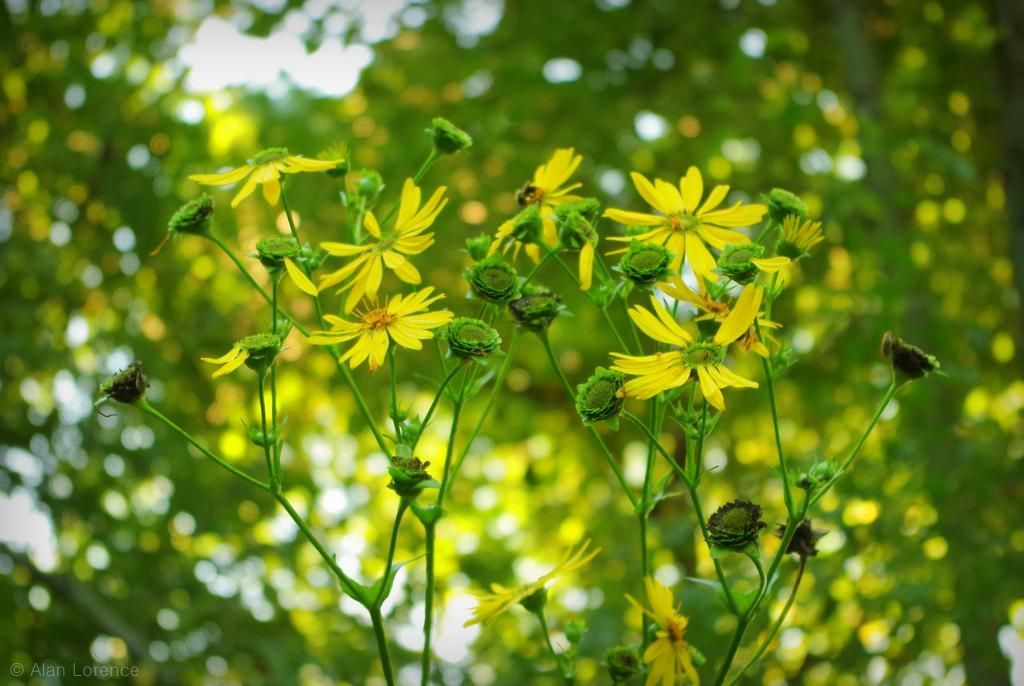
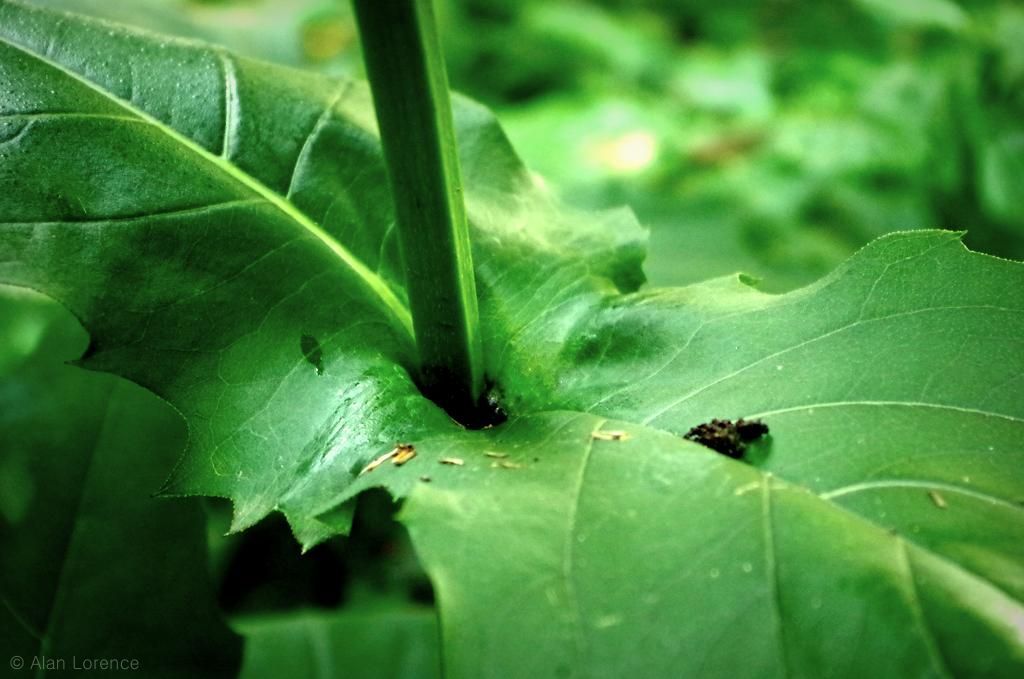

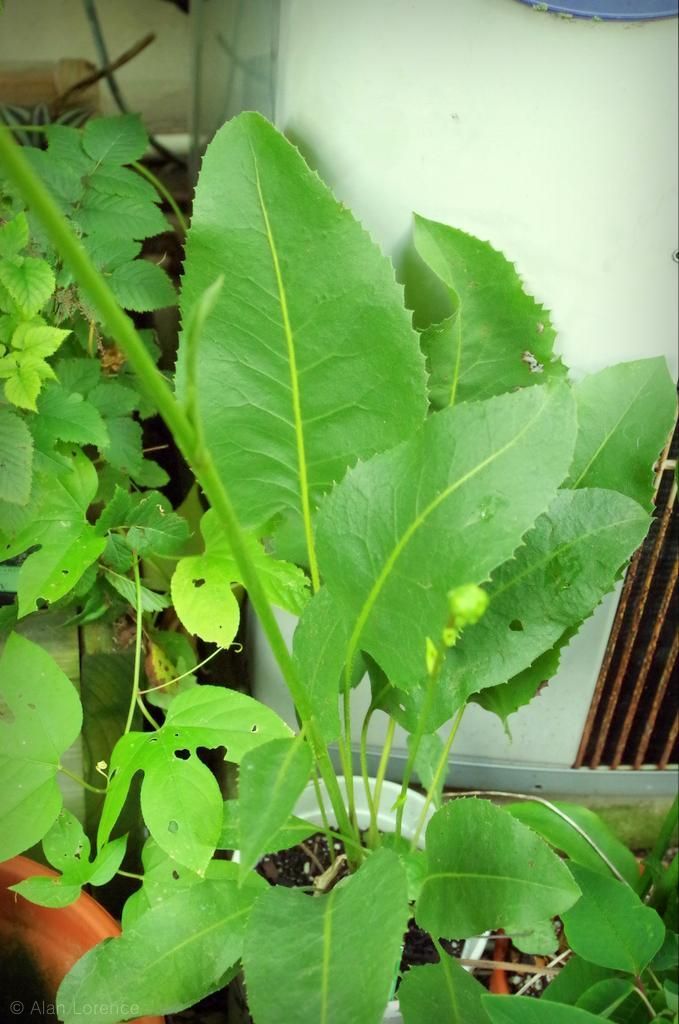
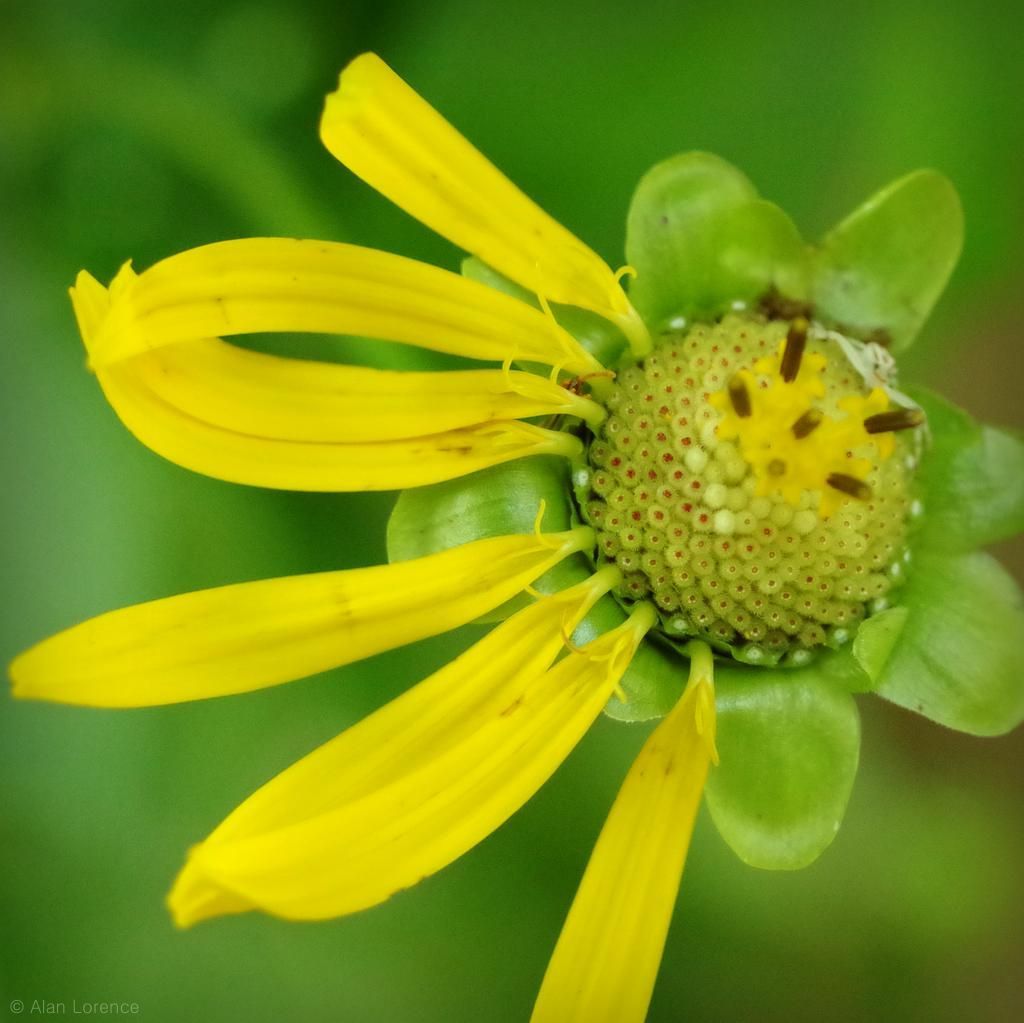
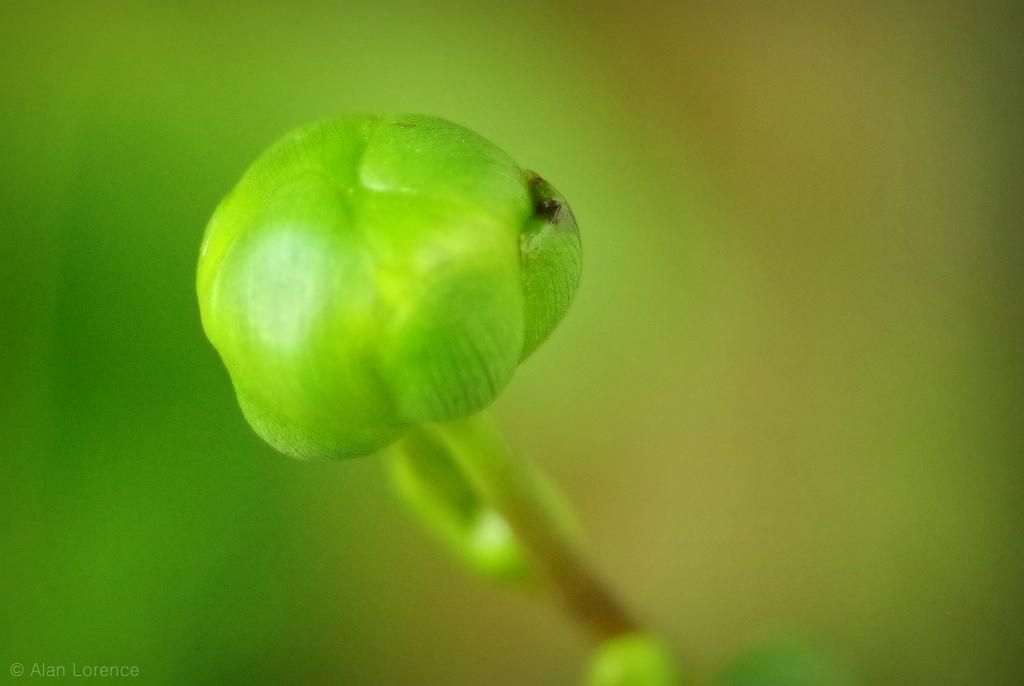
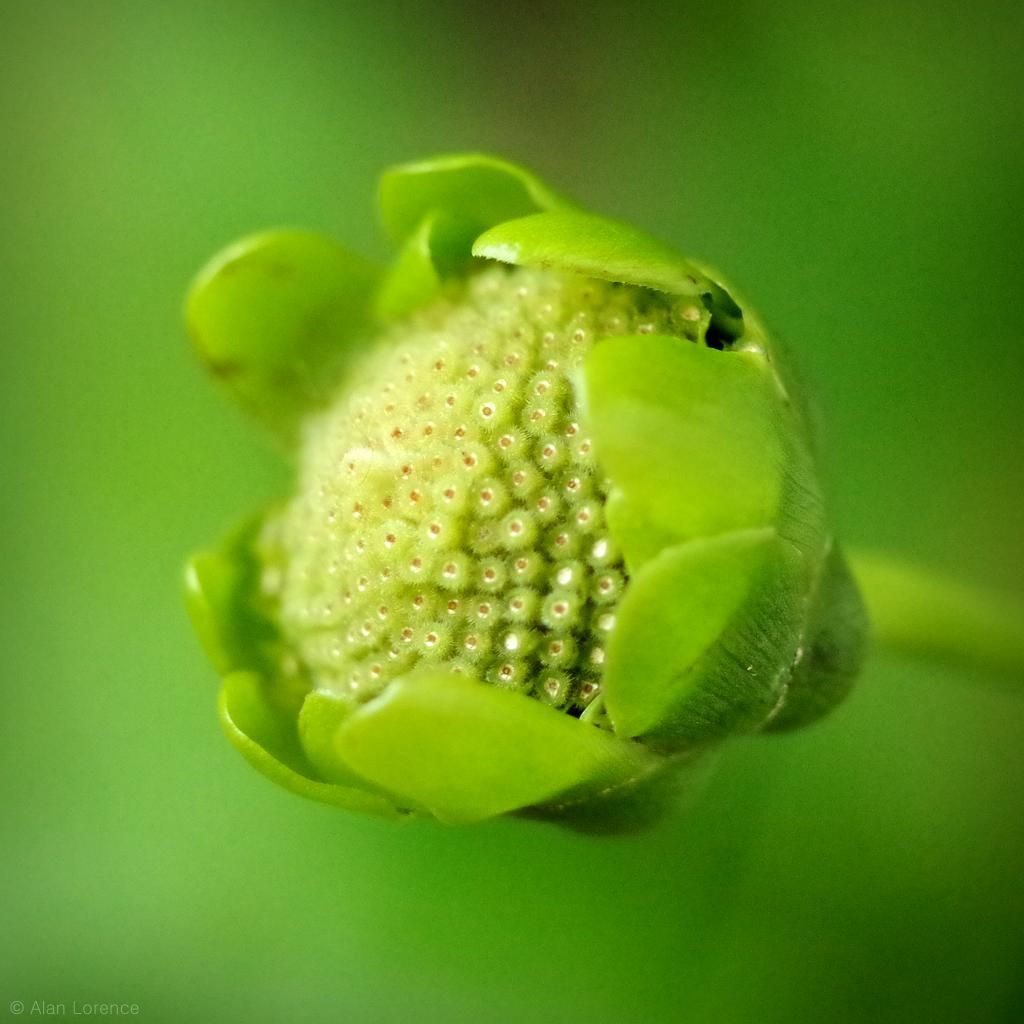




Tempted to grow the Passiflora incarnata, looks lovely!
I've been wondering if the Passiflora will die back here. You just added to the mystery by writing "dying back to the ground each winter (at least in my zone 6 garden)..."
Do you think you could control the root-spreading habit of the Passiflora by planting it in a bottomless pot? If so, a pot of what size? I've been wanting to plant one on a fence but I would hate to have it become a pest in my neighbor's yard.
Prairie plants are fantastic and deserve to be more widely grown. I'm still trying to find the best spot for the maypop you sent me. It will need a well irrigated spot in the sun, otherwise I suspect it won't flower.
Does the fruit taste similar to the tropical passionfruit (one my favorite fruit flavors)?
I was surprised that there was a passion flower hardy to zone 6! Love cup plant and have one that for years grew quite tall but now has been reduced to a single basil rosette by the bamboo roots. Oh well.
Passionfruit vine are exotic, but "too vigorous" is another word for scary :-)
I love the fruit, occasionally I find them in asian markets: it's dark, wrinkled, the inside yellow-orange, sweet and sour: very delicious. Does the fruit on your vine ever ripen up like this?
Mark/Gaz: I'd be interested to hear what it does in a milder climate (summers cooler, winters warmer). Here it grows like crazy!
Loree: I'm also curious. I suspect it will die back.
Emily: I doubt it. It went under my sunken patio to emerge from the other side I believe.
Gerhard and chavliness: You know how tropical passionfruit is stuffed with seeds that are surrounded by the juicy "pulp"? Maypop is the same but the fruits are 25-50% air -- the seeds are not filling the whole cavity (hence the reason these will "pop" if you step on them). Taste delicious though!
Peter: is your cup plant getting enough sunlight?
Love the passion flower!
I've always really liked S. Terebinthinaceum. Must be those big spade-shaped leaves....but the tall, thin, nearly-naked flower stalks do it for me too.
Have you tried our native Hydrangea, H. Arborescens? I have one here that is just gorgeous for me, covered with reasonably sized blooms, unlike some of the over-bred cultivars that flop over.